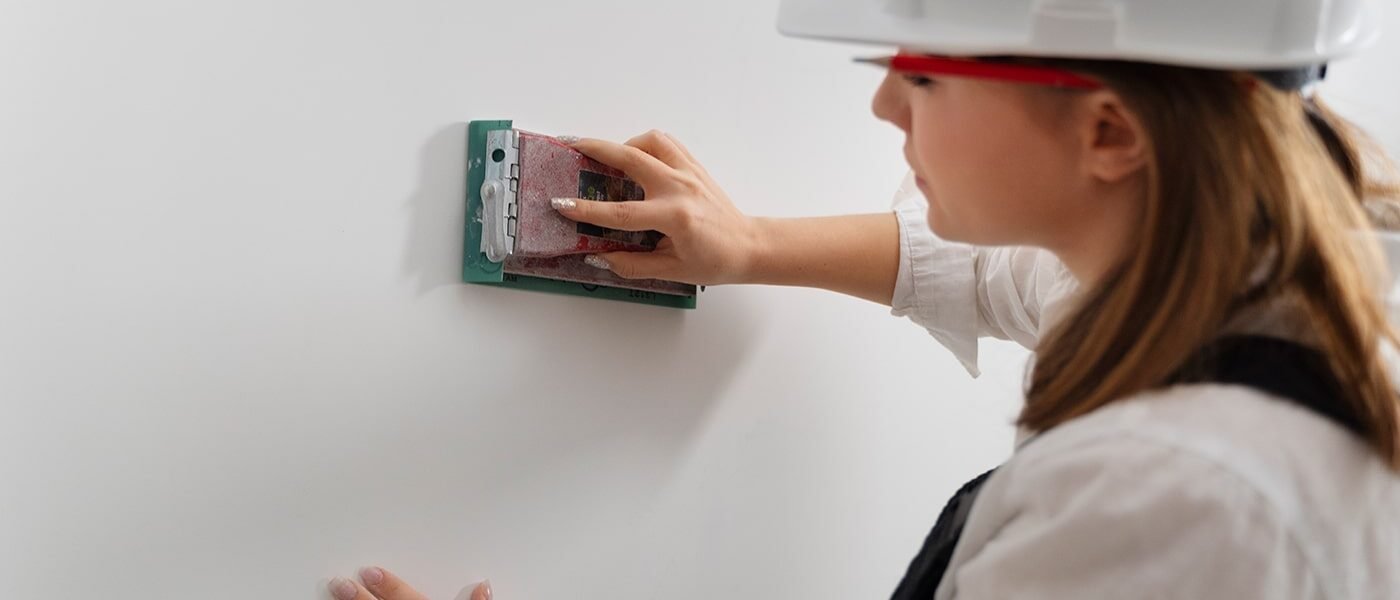Drywall, also known as gypsum board or sheetrock, is a fundamental element in most modern homes and commercial buildings. It provides a smooth, paint-ready surface for walls and ceilings, and contributes to the overall structural integrity and insulation of a room. However, drywall can suffer wear and tear over time. From small nail holes to larger cracks or water damage, regular drywall repair and maintenance are essential to keeping your space looking clean and well-kept.
Common Causes of Drywall Damage
Drywall can be damaged in various ways. Accidental bumps from furniture, doorknob impacts, moisture leaks, or even settling foundations can lead to holes, dents, or cracks. In humid environments, drywall may also be vulnerable to mold and mildew growth if not properly sealed or ventilated. Identifying damage early is crucial for timely and cost-effective repairs.
Features of Project
Patching of holes, sealing of cracks, and retexturing for a flawless finish.
- Drywall provides a smooth, paint-ready surface for walls and ceilings
- Common damage includes dents, cracks, holes, and water stains
- Regular inspections help detect early signs of damage
- Moisture and humidity can cause mold or structural issues
Any questions? We're here to help...
Not sure if that crack needs fixing or if it’s time to call a pro? Reach out anytime—our team is ready to answer your questions and guide you through the best drywall repair and maintenance solutions for your space.
Drywall can crack or get damaged due to settling foundations, humidity, water leaks, impacts from furniture, or improper installation.
Small repairs may take a few hours. Larger patches or full panel replacements can take a day or more, especially if drying time for compound and paint is needed.
Basic tools include a putty knife, sandpaper, joint compound or spackle, a utility knife, and possibly drywall patches or mesh tape.
